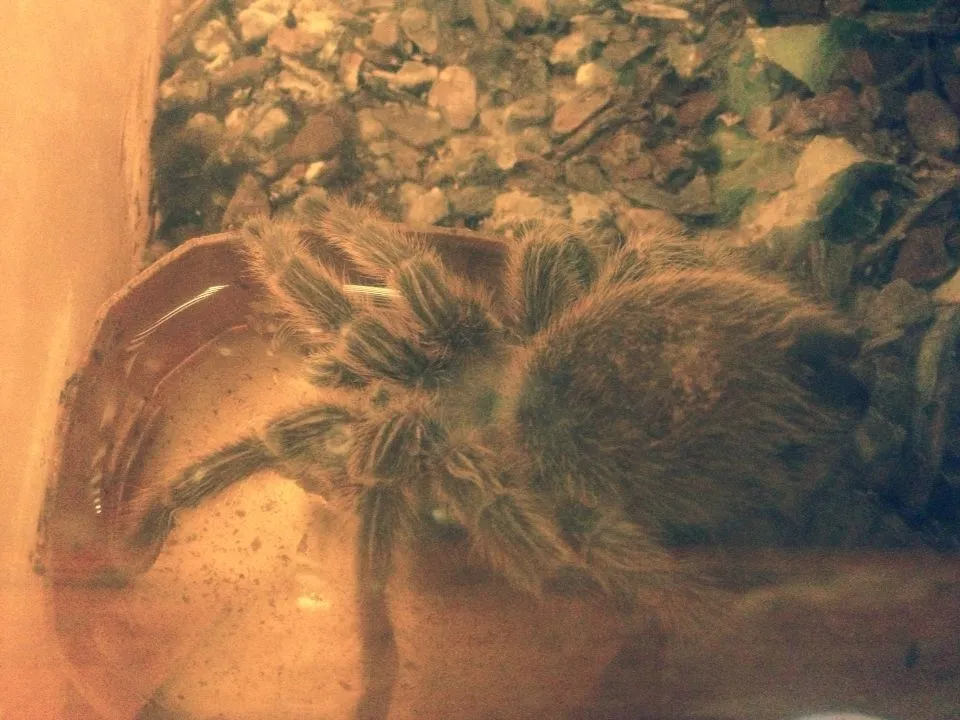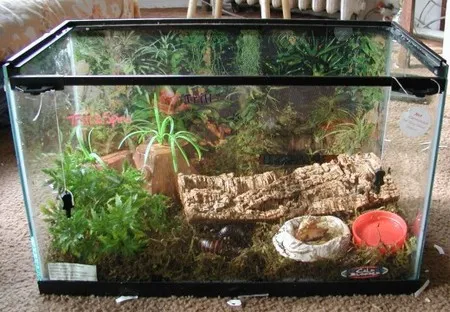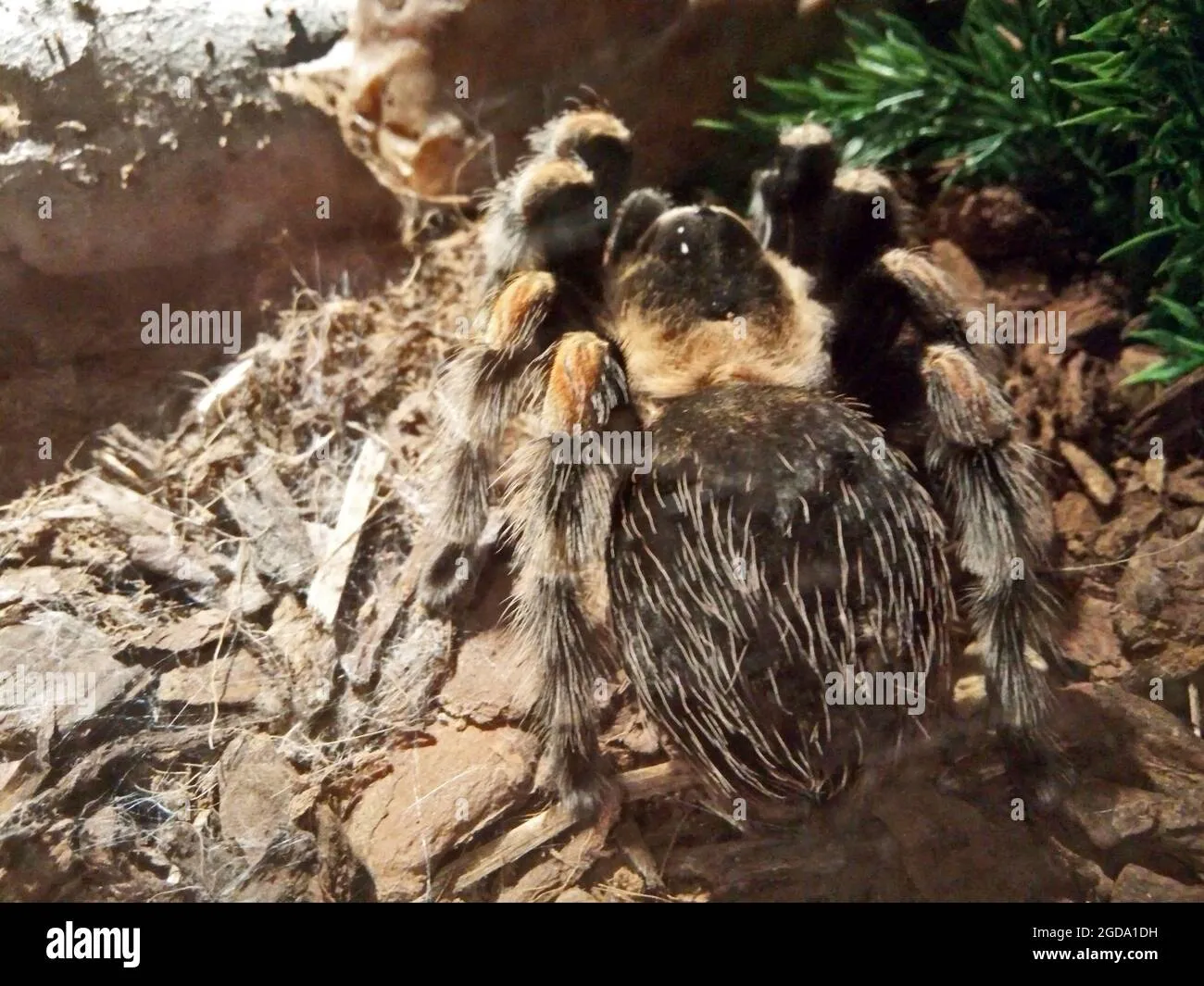Why Is Tarantula Cage Water Important
Providing adequate water is absolutely crucial for the health and well-being of your tarantula. Like all living creatures, tarantulas require water to survive and thrive. Water plays a vital role in various physiological functions, including maintaining body fluids, facilitating nutrient transport, and aiding in molting. Without access to a clean and reliable water source, your tarantula can quickly become dehydrated, leading to serious health issues and even death. Understanding the importance of water is the first step in providing the best possible care for your arachnid companion. This guide will delve into the specifics of tarantula cage water, ensuring you have all the knowledge needed to keep your pet happy and healthy.
Dehydration Dangers for Tarantulas
Dehydration poses a significant threat to tarantulas, often resulting from inadequate water intake or environmental conditions that promote water loss. The consequences of dehydration can range from mild to severe, affecting the tarantula’s overall health and lifespan. Mild dehydration can cause lethargy, loss of appetite, and a general lack of activity. As dehydration progresses, more serious symptoms may develop, such as shriveled abdomens, wrinkled exoskeletons, and difficulty molting. Severe dehydration can lead to organ failure and death. Recognizing the signs of dehydration early and taking prompt action to rehydrate your tarantula is crucial. Regular monitoring of your pet and its environment will help you to prevent and address this potentially fatal condition. Remember, prevention is always better than cure when it comes to tarantula care.
Proper Water Sources for Your Tarantula

The water source you provide for your tarantula should be clean, readily accessible, and safe. The primary method of providing water is through a shallow water dish placed within the tarantula’s enclosure. The water dish should be appropriately sized to prevent drowning, especially for smaller tarantulas. Some keepers also opt to mist the enclosure periodically, allowing the tarantula to drink water droplets from the sides of the enclosure or the substrate. It is important to use fresh, dechlorinated water in both the water dish and when misting. Avoid using tap water directly, as it may contain harmful chemicals like chlorine or chloramine. Instead, use bottled spring water or tap water that has been treated with a dechlorinating agent. Regularly check the water source for cleanliness, and replace the water frequently to prevent bacterial growth. The choice of a suitable water source is a fundamental aspect of maintaining a healthy tarantula habitat. Consider different water sources for different species to offer the best care possible.
Water Dish Selection
Selecting the right water dish is essential for your tarantula’s safety and well-being. Choose a dish that is shallow enough to prevent the tarantula from drowning, but also large enough to hold a sufficient amount of water. Consider the size of your tarantula when choosing a water dish. For smaller tarantulas, bottle caps or shallow jar lids often work well. For larger tarantulas, you may need to use a larger, more stable dish, such as a small ceramic bowl. The dish should be easy to clean and made of a non-toxic material. Avoid using dishes made of porous materials that can harbor bacteria. Stability is also an important factor; the dish should be heavy enough that it cannot be easily tipped over. Regularly inspect the water dish for any signs of debris or algae growth. Replacing the water daily and cleaning the dish regularly will help maintain a healthy environment for your tarantula. Consider the aesthetic of the water dish as well, as some keepers like to incorporate natural elements into the enclosure’s design.
Water Dish Maintenance
Proper maintenance of the water dish is vital for keeping your tarantula healthy and safe. The water dish should be cleaned regularly, ideally daily, to prevent the buildup of bacteria, algae, and other contaminants. Remove the water dish from the enclosure and thoroughly clean it with warm water and mild dish soap. Rinse the dish thoroughly to remove all traces of soap. Avoid using harsh chemicals or detergents, as these can be harmful to your tarantula. Ensure the dish is completely dry before refilling it with fresh, dechlorinated water and returning it to the enclosure. Regularly check the water dish for any signs of debris, such as substrate particles or insect remains, and remove them promptly. Consistent maintenance of the water dish is not only good hygiene, it also helps prevent the spread of diseases and provides the tarantula with a clean and safe source of water. Neglecting the water dish maintenance can lead to several health complications, hence, it should be taken seriously.
Watering Frequency

The frequency with which you should water your tarantula depends on several factors, including the species, size, and environmental conditions. Generally, it is recommended to provide fresh water daily, especially for smaller tarantulas. Observe your tarantula’s behavior and the humidity levels in the enclosure to gauge its water needs. If the humidity is consistently low or if you notice your tarantula spending a lot of time near the water dish, it may need more frequent watering. Some keepers mist the enclosure lightly a few times a week to provide additional moisture and encourage drinking. For arid species, you may need to adjust the watering frequency to prevent the enclosure from becoming too humid. In contrast, tropical species may require more frequent watering to maintain the proper humidity levels. Monitor the substrate for dryness, as it can be an indicator of water needs. Overwatering can lead to the growth of mold and the introduction of bacterial contamination, while underwatering can result in dehydration. Careful observation and adjustment of watering frequency are essential to provide optimal care for your tarantula.
Humidity and Water Relation
Humidity plays a crucial role in maintaining the health and well-being of your tarantula. The humidity level in the enclosure should be appropriate for the specific species you are keeping. Many tarantulas thrive in a moderate to high humidity environment. Water is essential for maintaining appropriate humidity levels within the enclosure, as it slowly evaporates and increases the moisture content in the air. To increase humidity, you can mist the enclosure lightly with dechlorinated water. The frequency of misting will depend on the species and the environmental conditions. For species that require higher humidity, it may be necessary to mist the enclosure daily. The substrate also contributes to the humidity levels. Using a substrate that retains moisture, such as coconut fiber or peat moss, can help maintain the desired humidity levels. Proper ventilation is equally important. While you need to maintain a certain humidity level, ensure the enclosure is properly ventilated to prevent the growth of mold and the buildup of stagnant air. Using a hygrometer will allow you to monitor the humidity levels, helping you to make the necessary adjustments to your watering and ventilation practices. Proper humidity is very related to the health of the tarantula.
Signs of Dehydration
Recognizing the signs of dehydration in your tarantula is critical for providing timely intervention and preventing serious health problems. One of the earliest signs of dehydration is a shriveled abdomen. This is especially noticeable after a recent molt, as the tarantula’s exoskeleton is more pliable. Other signs include lethargy, loss of appetite, and decreased activity levels. The tarantula may also exhibit a hunched posture or spend an excessive amount of time near the water dish. Wrinkled or puckered exoskeletons are another sign of dehydration. In more severe cases, the tarantula may have difficulty molting, and the exoskeleton may become dry and brittle. If you observe any of these signs, it’s important to take immediate action. Increase the humidity in the enclosure, provide a fresh water source, and monitor the tarantula closely. In severe cases, you may need to seek advice from a veterinarian or experienced tarantula keeper. Catching dehydration early gives your tarantula the best chance of recovery and a return to good health. It’s always better to prevent dehydration, hence, regular monitoring is important.
Additional Tips for Providing Water

In addition to providing a water dish and regulating humidity, there are several other things you can do to ensure your tarantula stays hydrated. Ensure the enclosure has good ventilation to prevent the growth of mold and other contaminants, which can make your tarantula sick. Provide a variety of hiding places and a suitable substrate, so that your tarantula has a safe and comfortable place to rest. Maintain a consistent temperature range appropriate for the specific species. Avoid using chemicals, such as pesticides or cleaning agents, near the tarantula’s enclosure. Always wash your hands thoroughly before handling your tarantula or its enclosure. Observe your tarantula’s behavior regularly and look for any signs of illness or distress. Keep accurate records of your tarantula’s molting, feeding, and watering schedule to help you identify any patterns or changes in its health. Research the specific needs of your tarantula species, as requirements can vary. Following these tips, you can create a healthy and thriving environment for your pet. By understanding and applying these guidelines, you are well on your way to becoming a successful and caring tarantula keeper.
